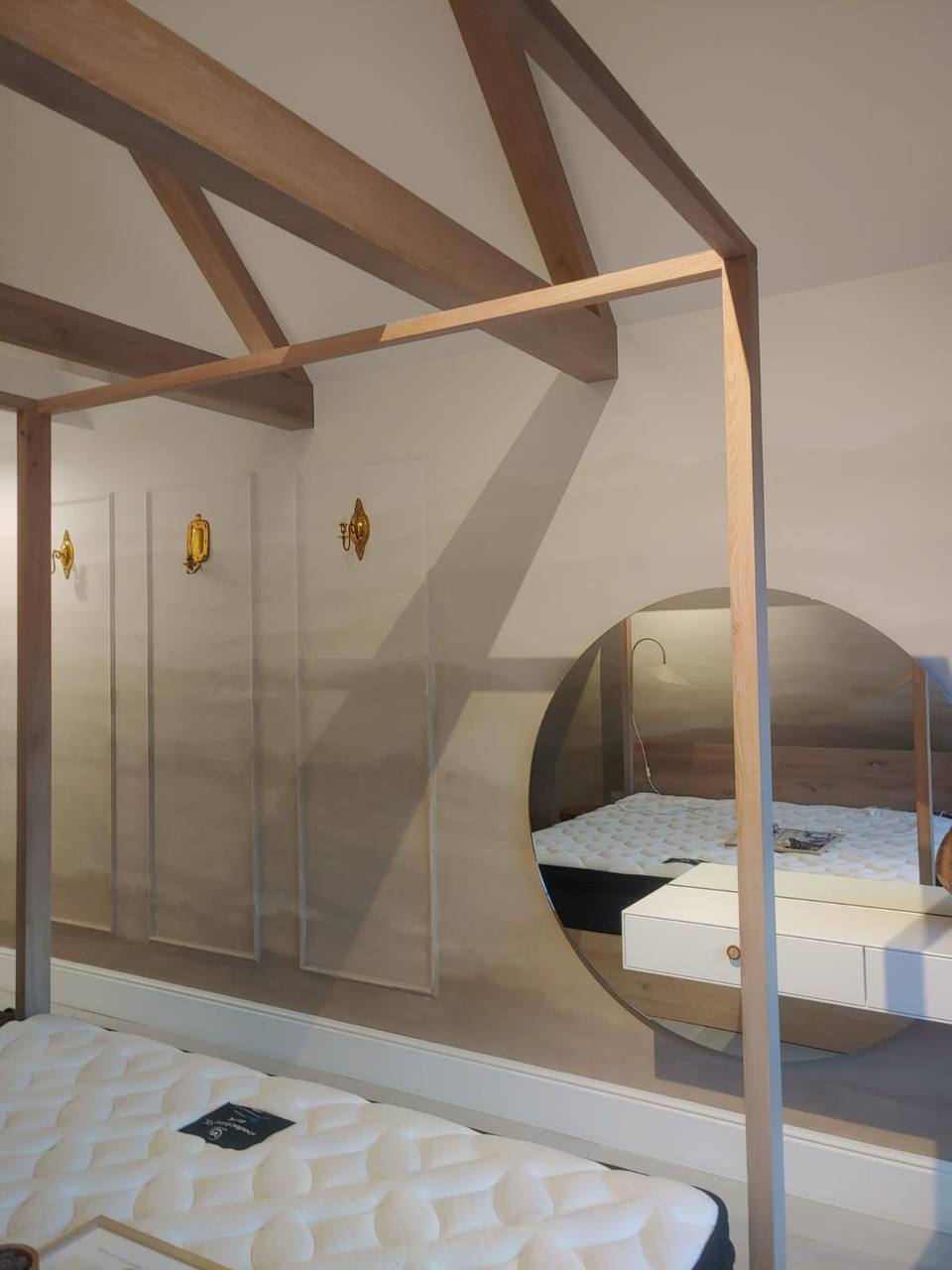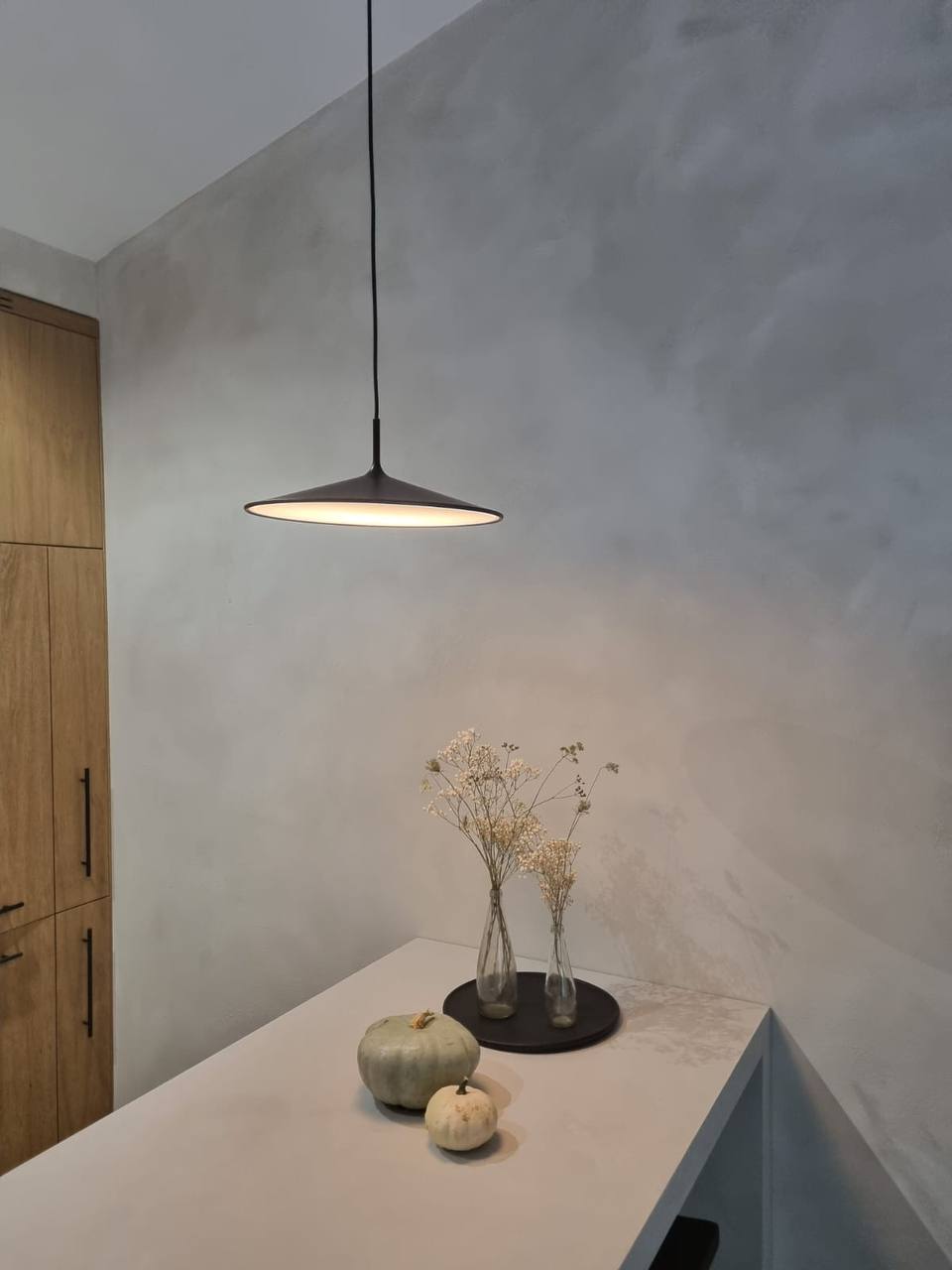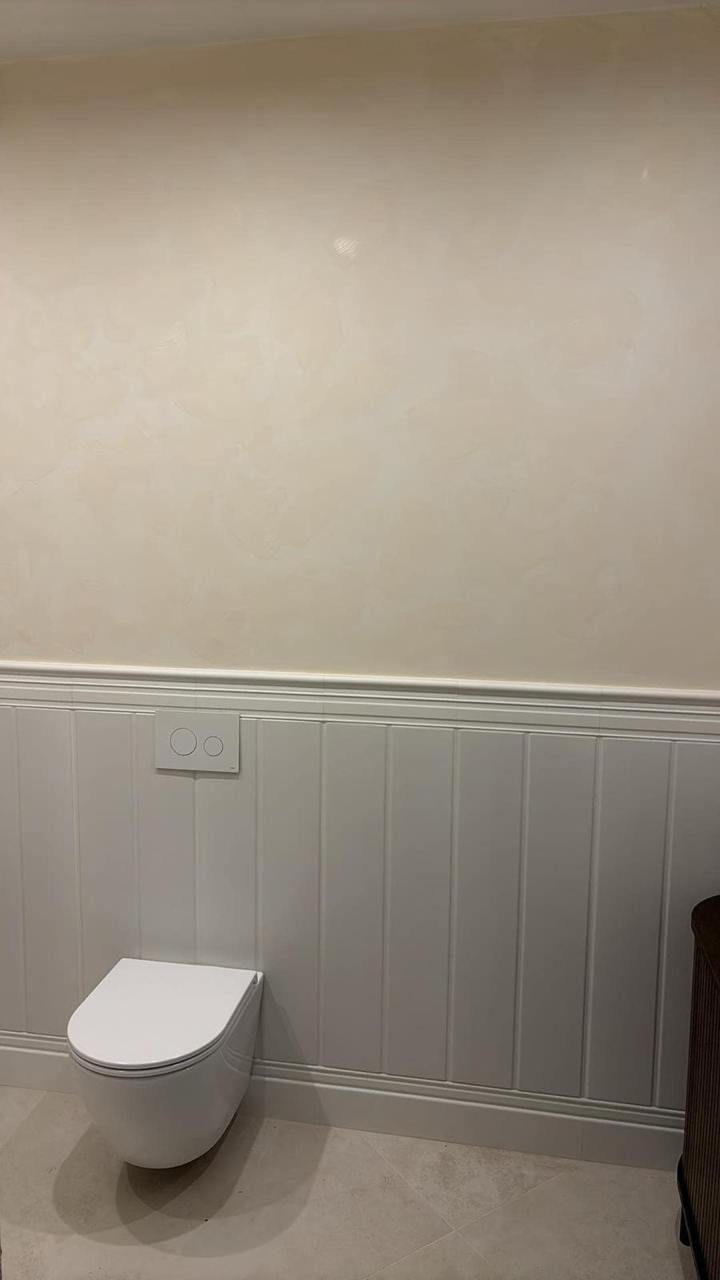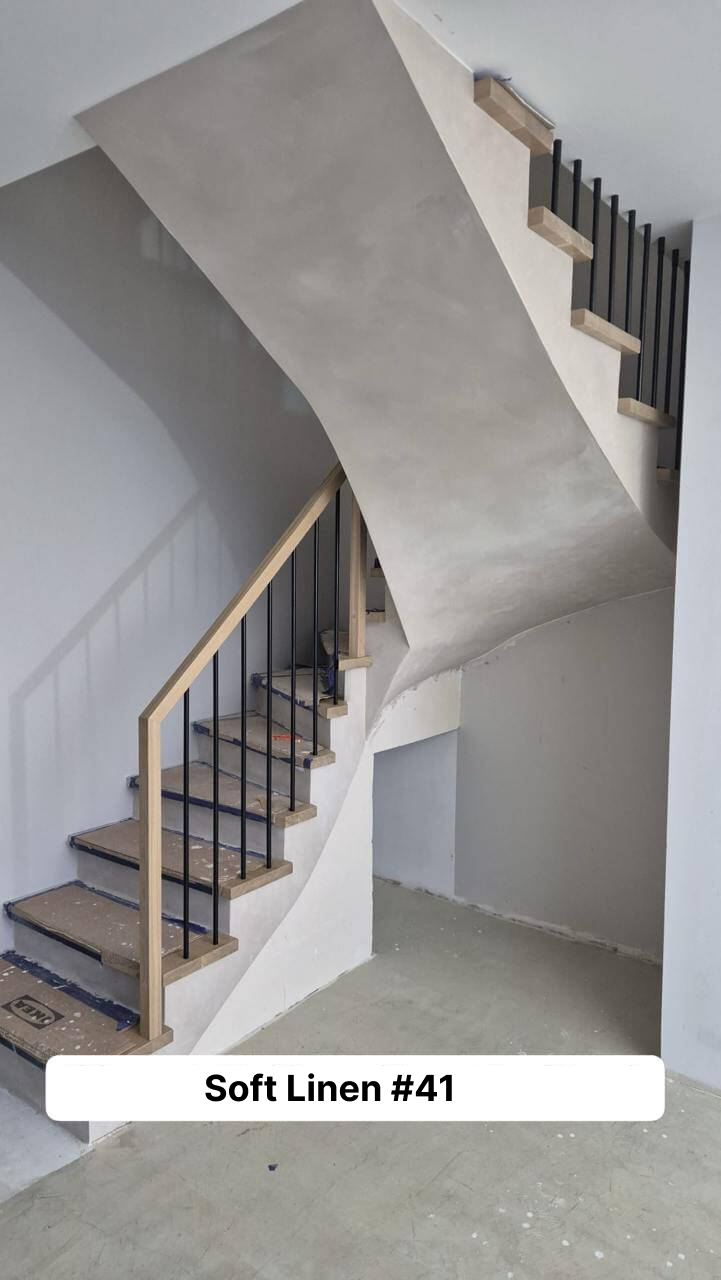Is Limewash a paint?
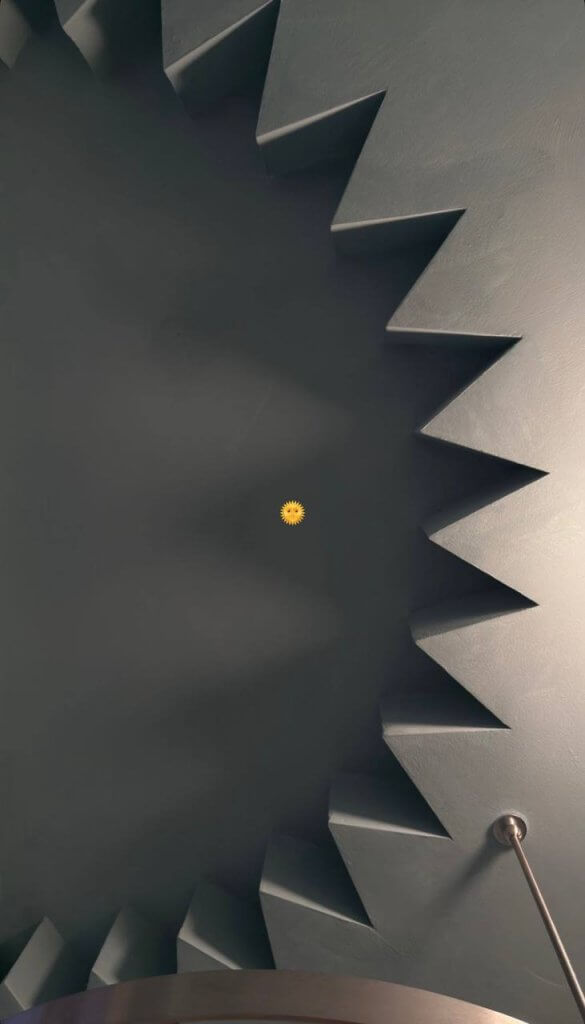
When it comes to decorating our homes, the word "paint" is well known to everyone. It is the primary product used to add color and vibrancy to walls. However, in recent years, another material form has gained popularity – Limewash. But what exactly is Limewash? Is it a type of paint? And if so, how does it differ from traditional wall paints? Let’s explore these questions and reveal the characteristics that make Limewash unique.

What is Paint?
Before understanding how Limewash fits into this context, it is necessary to define what paint is. In its simplest form, paint is a liquid or paste-like material that, when applied to a surface, hardens to form a protective layer. It is mainly used to give an object color, protection, and texture. Paint usually consists of three main components:
- Pigments: provide color
- Binder: holds the pigment together
- Solvent: makes the paint easier to apply
Paint works by forming a surface layer that is typically non-porous. This means it creates a barrier preventing substances from entering inside. This is useful because it protects the surface from moisture, dust, and other external factors. However, it also means paint has surface tension – it forms a film that adheres tightly to the surface, which, if not applied properly, can cause issues like bubbling or peeling.
Is Limewash Paint?
Technically speaking – yes, Limewash is a type of paint. However, it significantly differs from standard wall paints in composition, application method, and final result.
Limewash is made from limestone that is crushed, burnt, and mixed with water to form a lime paste. This paste is diluted with water and colored with natural pigments. Unlike traditional paints, Limewash contains no synthetic binders or solvents. It hardens and forms a protective coating via a chemical reaction with carbon dioxide in the air.
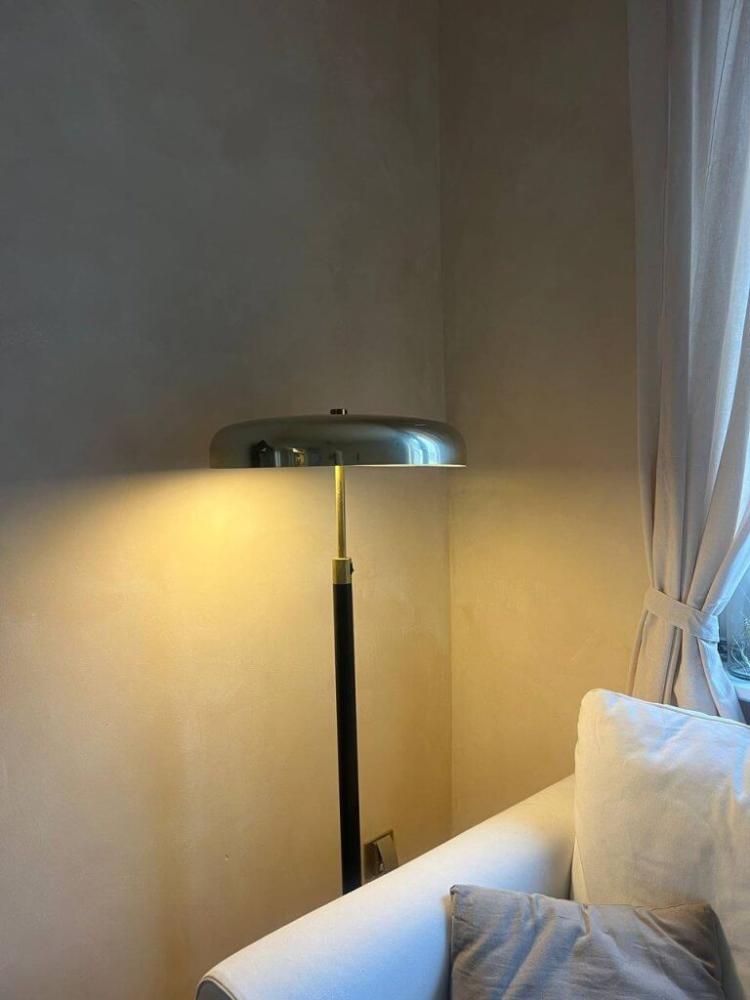
Limewash’s Breathable Properties
One of Limewash’s greatest benefits is its ability to “breathe.” Instead of forming a surface coating, Limewash penetrates the substrate and allows the wall to naturally release moisture. This prevents mold and moisture buildup. This property makes Limewash especially suitable for old buildings with massive walls, where moisture problems are common.
Additionally, Limewash’s high alkalinity naturally protects against fungi and bacteria, further enhancing its suitability for damp rooms. It should be noted that Limewash surfaces may react to water splashes, so sometimes a protective sealer is used to make the surface more durable and washable.
The Textured Finish of Limewash
Besides its practical benefits, Limewash also offers a unique aesthetic appearance. Unlike standard wall paints that provide an even and uniform tone, Limewash creates a textured and dynamic surface. Depending on the substrate and application method, the result can be soft and blurred or richly structured with a rustic effect.
These nuances of tone and texture add depth to the Limewash coating that is difficult to achieve with other paints. The surface changes depending on daylight, giving the room liveliness and variability.

Limewash and the Wabi-Sabi Philosophy
Limewash’s irregular, organic coating aligns beautifully with the Japanese aesthetic philosophy of wabi-sabi, which embraces imperfections and the transient nature of things. Wabi-sabi embodies beauty found in natural flaws, signs of aging, and material authenticity.
Limewash embodies this philosophy. Its uneven surface and ability to develop a patina over time create the feeling that the wall lives and changes with its environment. It gives the space a historic character and personality that is difficult to achieve with industrial paints.
Conclusion
In summary – yes, Limewash is a form of paint, but it significantly differs from traditional wall paints in composition, application, and effect. Its lack of surface tension, breathable properties, textured finish, and harmony with wabi-sabi make it a unique and increasingly popular choice for those seeking a natural and organic alternative. Whether renovating a historic building or simply wanting to add more character to a modern home – Limewash is an aesthetically and functionally excellent solution.

 German
German Slovak
Slovak Romanian
Romanian Lithuanian
Lithuanian Latvian
Latvian Hungarian
Hungarian French
French Finnish
Finnish Dutch
Dutch Danish
Danish Czech
Czech Slovenian
Slovenian Italy
Italy Spain
Spain Portugal
Portugal



